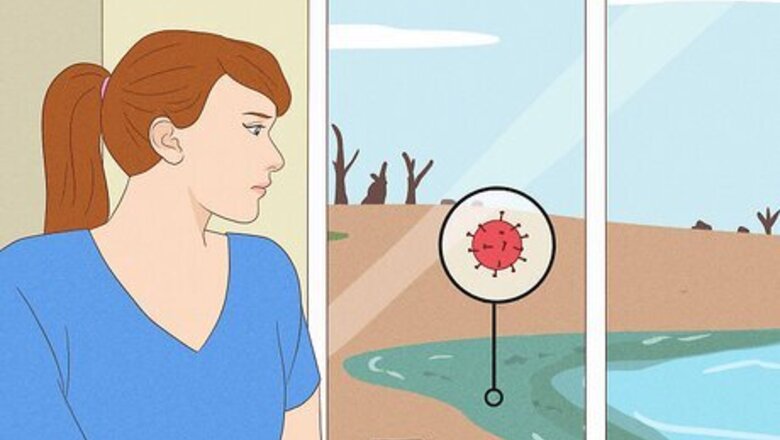
views
The Effects of Climate Change on Daily Life
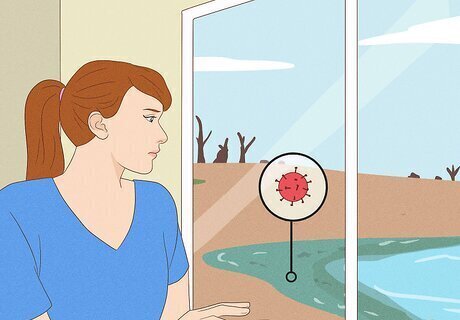
Health and wellbeing Rising temperatures and air pollution caused by burning coal and oil can lead to several health risks, like heat stroke, dehydration, asthma, allergies, and respiratory disease. Severe rain and flooding also increase your exposure to waterborne illnesses and chemical contaminants. Additionally, the real or perceived stress of experiencing severe weather events can increase your risk of developing anxiety, PTSD, or depression. Warmer temperatures also cause mosquitoes and ticks to appear earlier and thrive in more areas, resulting in greater exposure to vector-borne diseases like Lyme disease and malaria. Going through severe weather events like fires, hurricanes, droughts, and flooding also increases your risk of physical harm.
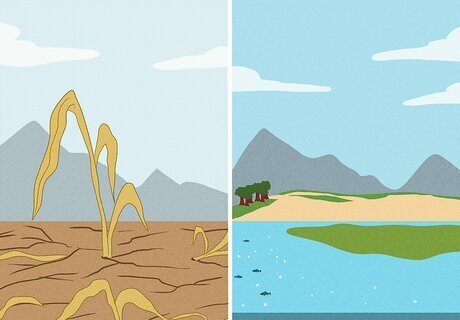
Food Higher temperatures and more severe weather reduce crop and seafood production, making it harder for you to get the food you need. Important crops like wheat and corn are harder to grow and less nutritious due to droughts and flooding that affect soil erosion and nutrients. Warmer water temperatures affect fish and shellfish’s ability to reproduce and expose them to harmful algae contamination. High heat and more severe weather also make it more difficult for agricultural workers to farm and fish, which disrupts food production even further. Severe weather also slows down the food distribution system by damaging roads and waterways, increasing food insecurity around the globe. High temperatures and droughts also limit the availability of water, while extreme weather like flooding can contaminate it.
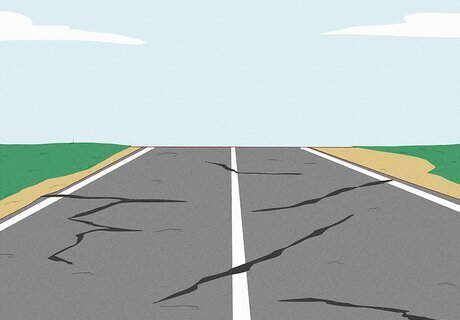
Cities and infrastructure Roads and bridges are damaged by flooding and other severe weather conditions, making it more difficult for you to get around your city and access important areas like hospitals and grocery stores. Extreme temperatures and weather also put a lot of strain on the energy grid and communication systems, affecting your ability to cool your home or workspace and get help when you need it. Coastal cities experience more climate change-related damage than inland cities. Rising sea levels and erosion lead to more flooding and destruction of roads, bridges, and buildings.
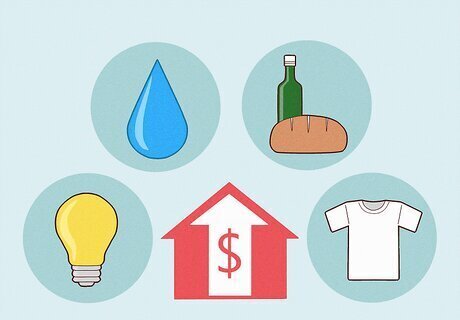
Cost of living As the effects of climate change increase, prices increase, too. Higher temperatures and severe weather like droughts cause you to use more energy and water, hiking up your bill each month. Because climate change affects agricultural production and the transportation of goods, food, clothes, and household products are also more expensive. Building materials and appliances that combat the effects of climate change also tend to be pricier, making it more expensive for you to buy or rent a house.
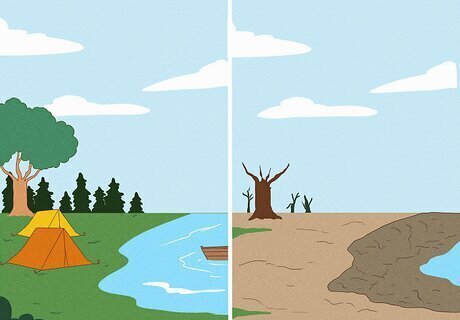
Tourism Climate change is affecting natural areas around the globe, reducing your ability to visit these spectacular sights and decreasing tourism revenue for countries that depend on it. Droughts and wildfires are damaging lakes and forests while rising sea levels and warming waters are eroding beaches and destroying coral reefs. Rising temperatures limit snowfall, making colder areas less of a destination, too. Tourism doesn’t just affect tourists—people who live in tourist areas depend on tourism to make money and survive. Activities that contribute to climate change, like deforestation, are also responsible for damaging natural areas and affecting tourism.

Safety Food scarcity, rising prices, poor health, and stress caused by climate change can lead to increases in conflict and violence. When climate change causes people to be displaced, women's and girls' risk for gender-based violence increases.
What is climate change?
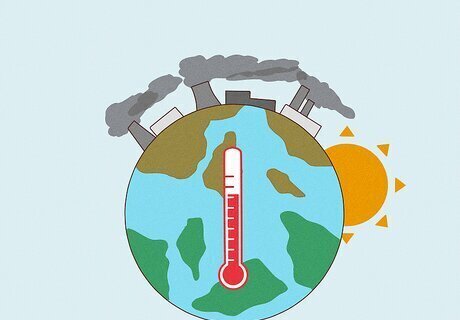
Climate change is a shift in global temperatures and weather patterns. Earth naturally experiences climate changes due to its closeness to the sun and volcanic eruptions. However, human activities are the main contributor to the increases in temperatures and severe weather over the past 200 years. Scientists have undeniable evidence that human activities are causing climate change: Earth’s average surface temperature has risen by 2.2°F (1.2°C) since the 1800s, which is due to carbon dioxide emissions. The ocean’s average surface temperature has risen by 0.67°F (0.33°C) since 1969. Sea levels have risen 8 inches (20 cm) over the past 100 years. Glaciers, ice sheets, and sea ice are declining. Burning oil, coal, and other fossil fuels releases greenhouse gases like carbon dioxide in the air. The gasses get trapped in the Earth’s atmosphere, which raises temperatures.
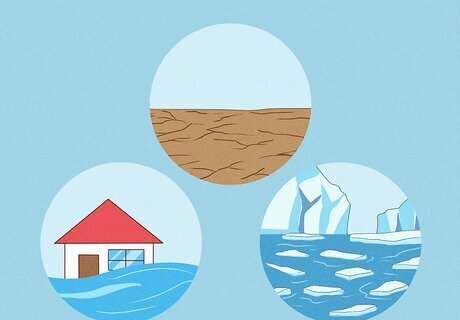
Climate change affects a wide range of factors besides temperatures. Climate change is increasing the severity and frequency of weather events like flooding, droughts, fires, and hurricanes. It’s also causing water temperatures and levels to rise and glaciers and ice to melt. These changes then affect food and water availability, health risks, and infrastructure damage.
Who is most affected by climate change?

Children, the elderly, people of color, and low-income groups are most affected. While everyone is affected by climate change, some people are unfairly at risk of its effects. Unfortunately, those who contribute the least to its causes are harmed the most by climate change. For instance: Children, the elderly, and those who are pregnant or have a disability or medical condition tend to be more sensitive to heat and weather events. Black, indigenous, and other communities of color, as well as low-income groups, are often more at risk due to social factors, like living in areas more affected by climate change or having access to fewer resources. Agriculture, construction, transportation, and emergency response workers are typically more exposed to extreme temperatures, weather, and poor air quality. People in the LGBTQ+ community often live in areas that are more affected by climate change, have poor infrastructure, and have less access to resources.
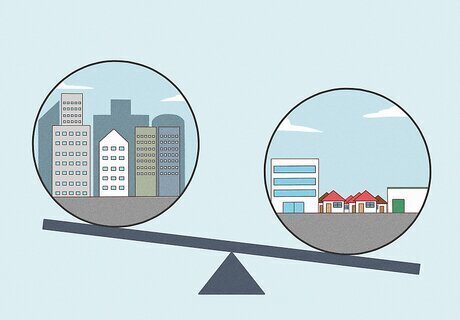
Developing countries are more affected than developed nations. While developing nations contribute the least to climate change, they’re the ones who feel most of its effects. Developing countries typically have more low-income communities and less access to resources to combat climate change compared to developed nations like the United States. For example, 23 of the world’s developed countries are responsible for about 50% of global emissions. The rest of the world’s 150+ countries are responsible for the remaining emissions. Some areas are feeling the effects of climate change quicker, like the Arctic and Antarctic.



















Comments
0 comment